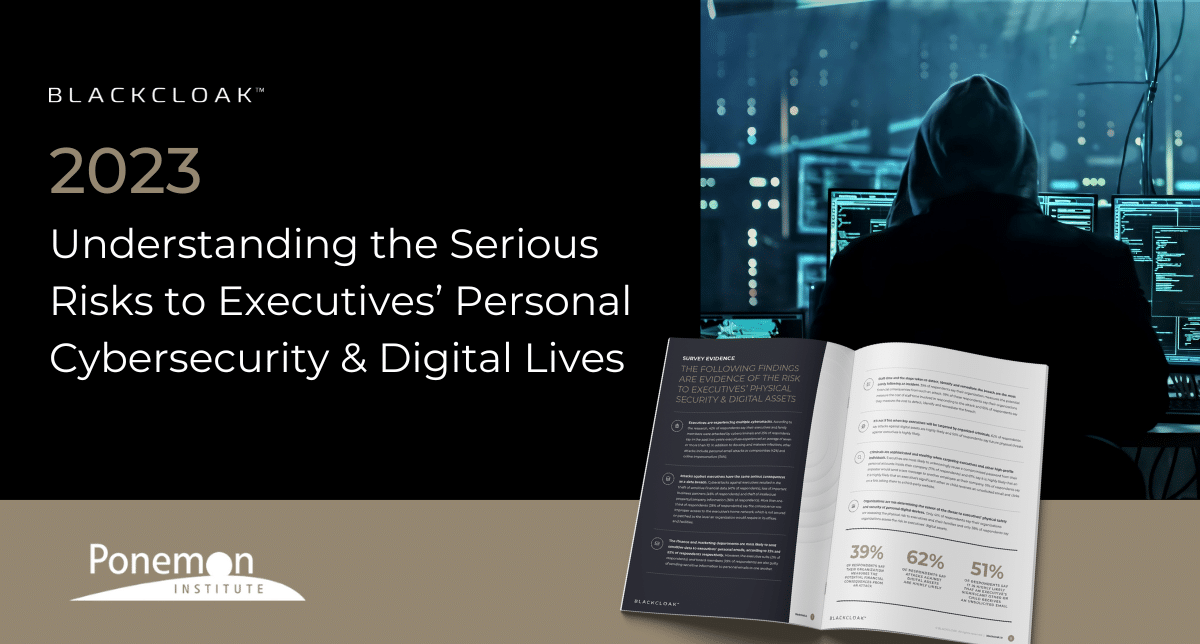The CISO Dilemma: Securing Executive Digital Lives Amidst Visibility Constraints

In today’s hyper-connected world, Chief Information Security Officers (CISOs) face a daunting task. They are entrusted with the crucial responsibility of securing the digital lives and assets of C-suite executives who are increasingly operating from remote locations. This task, though paramount, is riddled with complications, creating a challenging impasse for many CISOs.
One of the biggest hurdles CISOs face is striking a balance between providing robust security measures and allowing executives to seamlessly stay connected to their corporate lives from remote locations. The lack of direct oversight and control over personal devices and home networks, the new hotspots of executive work, only adds to these complexities.
A recent survey highlighted the gravity of this challenge. A substantial 41% of respondents rated the difficulty of gaining sufficient visibility into executives’ personal devices to prevent cyberattacks as a nine or ten, on a scale where ten denotes extremely difficult. Similarly, 42% rated the difficulty in getting adequate visibility into home networks for the same purpose as a seven or eight.
Such statistics underline the fundamental predicament that security professionals face. Without sufficient access to assess potential vulnerabilities in executives’ personal devices and home networks, it’s nearly impossible to guarantee their security. This lack of access and visibility renders the already complex task of protecting executives’ personal digital lives even more difficult.
The need to respect privacy norms further complicates matters. Executives, like any individual, have a reasonable expectation of privacy, even when it comes to their personal devices used for professional purposes. Thus, security professionals are tasked with walking a tightrope, balancing the need for security and the respect for privacy.
These challenges demand a paradigm shift in the approach towards securing executives’ digital lives. A possible solution could involve a collaborative approach, where executives work hand-in-hand with the security teams. This collaboration can help create a cybersecurity culture that prioritizes self-awareness, promotes the use of secure tools and practices, and respects the confidentiality of personal information.
Another option could be leveraging advanced cybersecurity solutions designed to provide protection without intruding on privacy. Such solutions could involve machine learning and AI-powered systems that can detect anomalies and potential threats without needing full access to personal information.
Finally, there’s a need for tailored training programs for executives. These programs can help executives understand their role in cybersecurity, empowering them to be the first line of defense in protecting their digital lives.
The task of securing executives’ personal digital lives amidst visibility constraints is a significant challenge for CISOs. However, with a renewed approach centered on collaboration, advanced technologies, and education, it’s a challenge that can be overcome. As we navigate this increasingly digital world, it’s crucial that we adapt our cybersecurity strategies to reflect the evolving nature of work and the corresponding cyber threats.
To read our full market report, executed by Ponemon Institute, click here.









